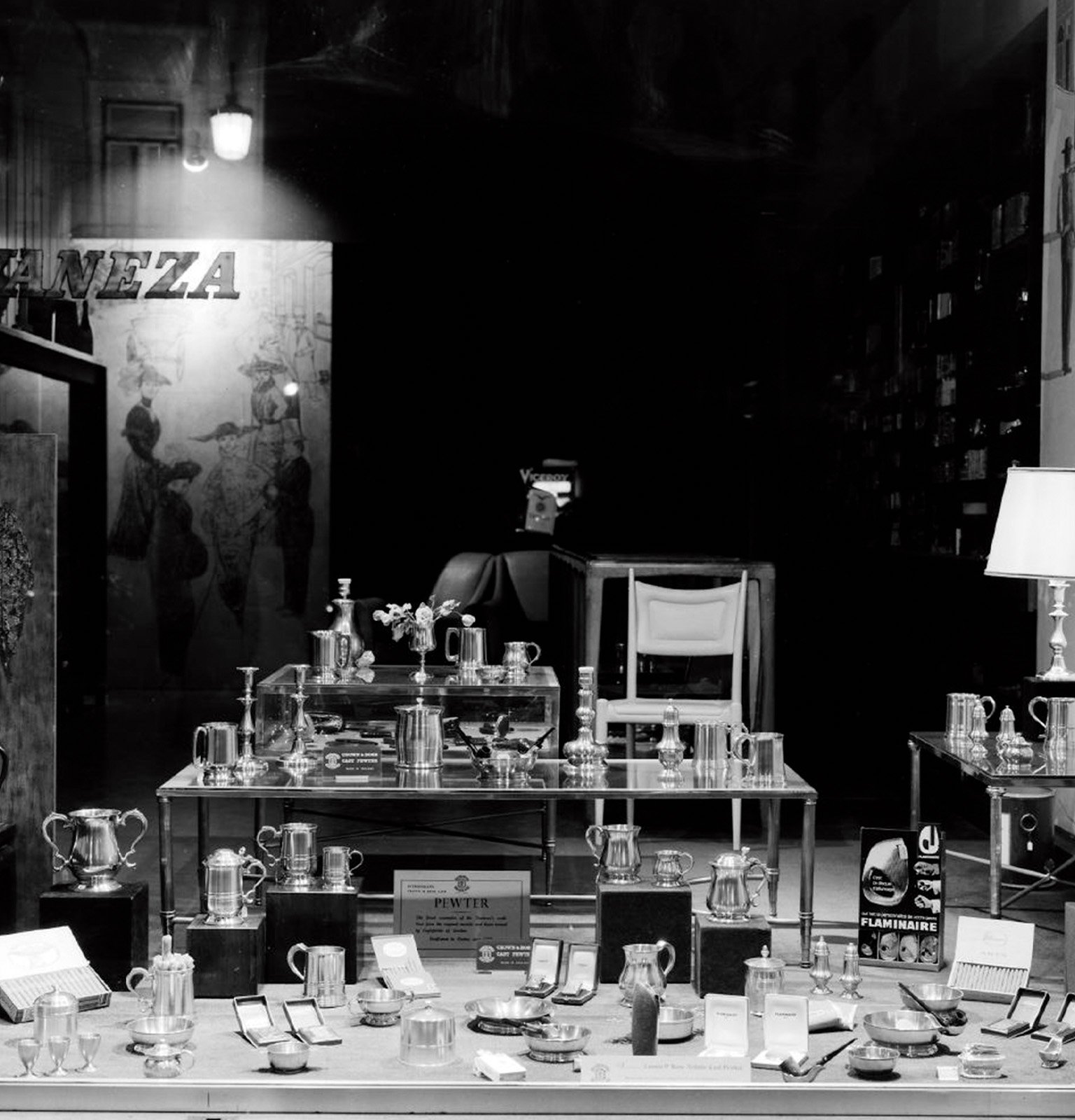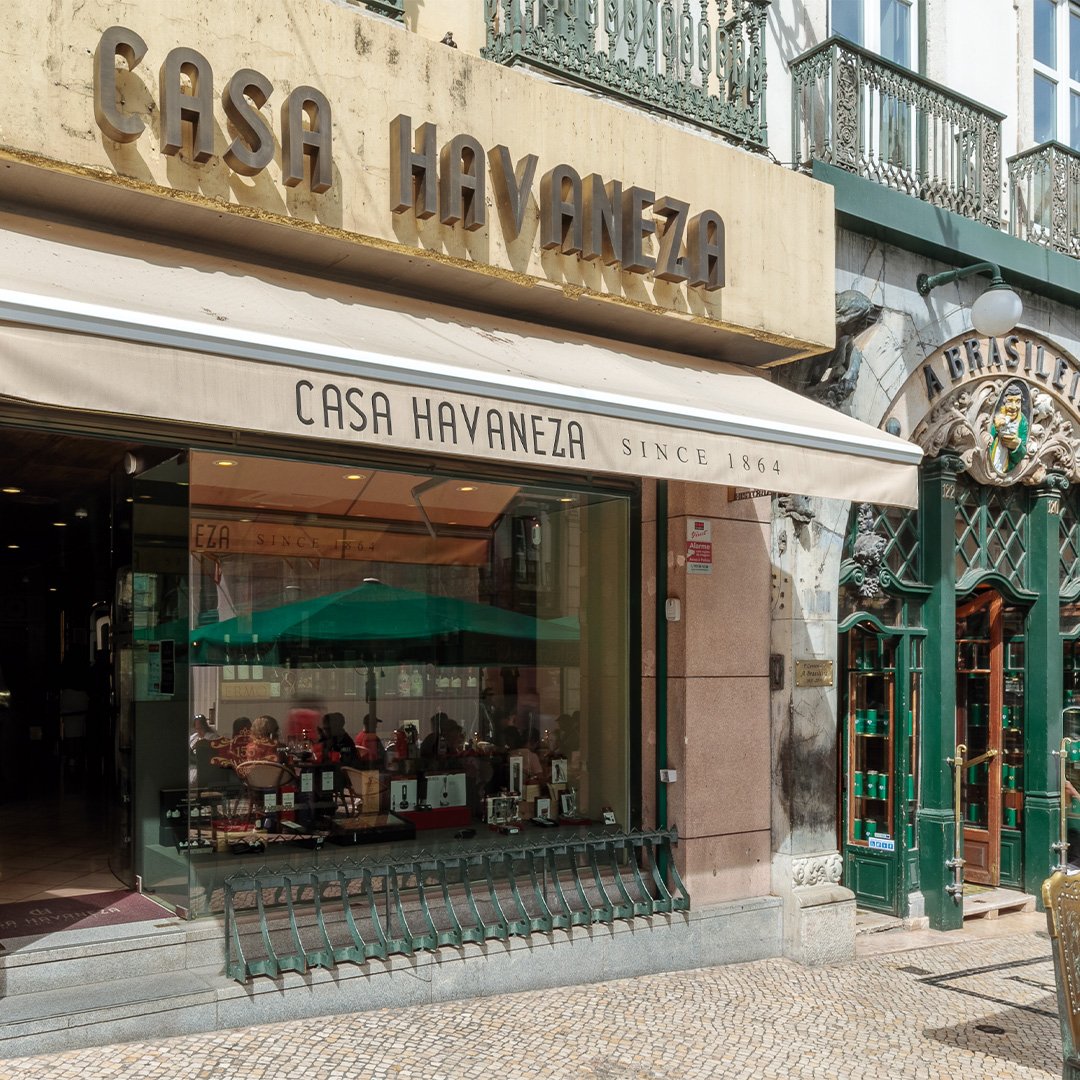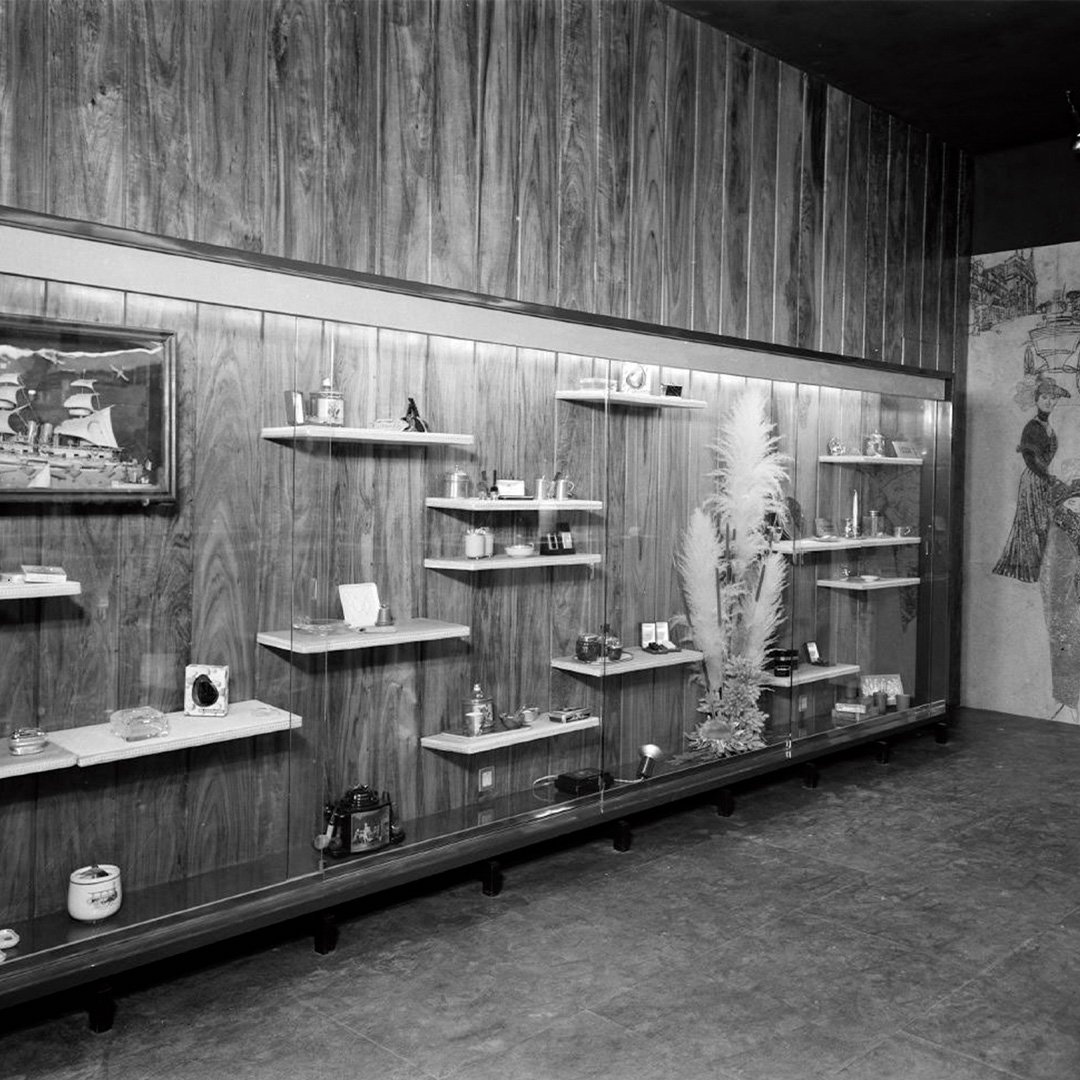
Largo do Chiado is home to one of the oldest cigar
shops in the world. Ever since 1864, it has seen the life of Lisbon’s city
centre pass by, garnering a true legacy within its doors. Yes, this is the
tobacconist’s of Portuguese literary classics, which has served as the setting
for illustrious books and as the home of the city’s first public telegraph.
It’s no coincidence that Casa Havaneza is considered a monument of national
interest.
The idea to sell pure Cuban cigars in the heart of Lisbon came from François Caen and Charles Vanderin, two Belgians. When exactly they opened their shop to the public remains unclear however. The Casa Haveneza’s history can be counted back to 1864, the year Henrique Burnay took over the management and set the business in motion. This was almost half a century before A Brasileira, the famous café, was opened next door, and Portugal was a different country at the time. Chiado belonged to the elite and intellectuals. It was, in fact, the Chiado of The Maias, which Eça de Queirós came to portray: «On one corner, vagrants in rags were smoking, and on the opposite corner, in the Havanesa, other vagrants were also smoking, in overcoats, politicking.» Like Eça, Ramalho Ortigão, Guerra Junqueiro and José Cardoso Pires were also inspired by the tobacconist’s for settings in their writing. Today, the corner of the Havaneza is no longer a political meeting place, although it continues to attract people from all over with its famous Cuban cigars, the casa’s core business.
One of the oldest cigar shops in the world
The idea to sell pure Cuban cigars in the heart of Lisbon came from François Caen and Charles Vanderin, two Belgians. When exactly they opened their shop to the public remains unclear however. The Casa Haveneza’s history can be counted back to 1864, the year Henrique Burnay took over the management and set the business in motion. This was almost half a century before A Brasileira, the famous café, was opened next door, and Portugal was a different country at the time. Chiado belonged to the elite and intellectuals. It was, in fact, the Chiado of The Maias, which Eça de Queirós came to portray: «On one corner, vagrants in rags were smoking, and on the opposite corner, in the Havanesa, other vagrants were also smoking, in overcoats, politicking.» Like Eça, Ramalho Ortigão, Guerra Junqueiro and José Cardoso Pires were also inspired by the tobacconist’s for settings in their writing. Today, the corner of the Havaneza is no longer a political meeting place, although it continues to attract people from all over with its famous Cuban cigars, the casa’s core business.
One of the oldest cigar shops in the world












